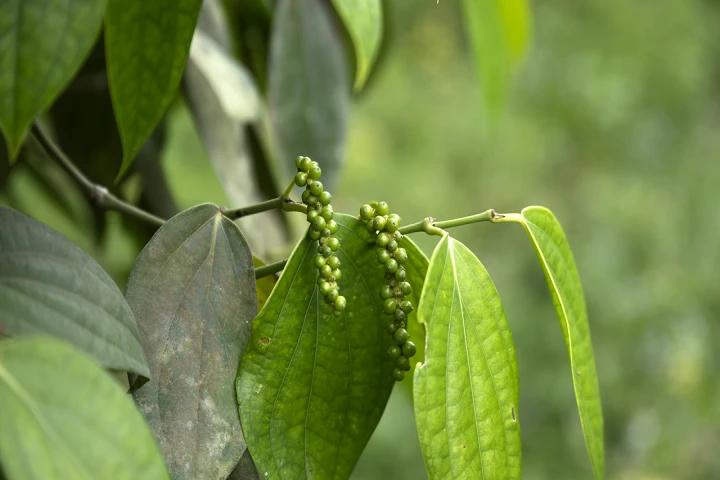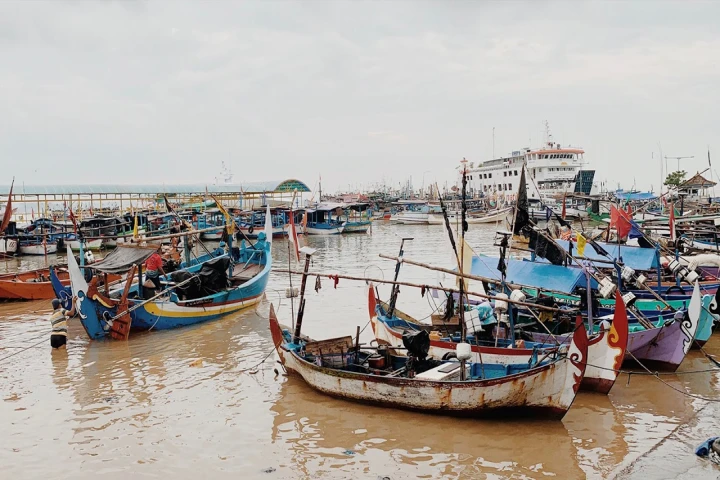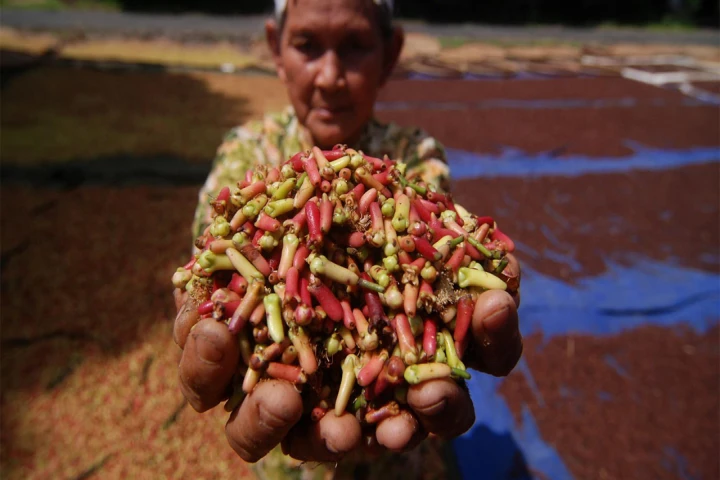The Pepper Trade in Banjarmasin Sultanate in the 17th - 18th Centuries

The Pepper Trade in Banjarmasin Sultanate in the 17th - 18th Centuries
Mansyur¹, Wajidi², Wasita³, Syahlan Mattiro⁴, Nasrullah⁵, Mursalin⁶
email : mansyur@ulm.ac.id.
Abstrak
Budidaya dan perdagangan rempah lada berperan besar dalam dinamika politik dan ekonomi Kesultanan Banjarmasin abad ke-17 sampai abad ke-18. Lada atau sahang (piper nigrum) menjadi bahan ekspor terpenting Kesultanan Banjarmasin. Komoditas utama dalam perdagangan melalui jalur maritim antara Tiongkok dan Eropa termasuk Kepulauan Nusantara. Didukung letak geografis strategis di tepi Laut Jawa dan Selat Makassar sebagai bagian dari The Java Sea Network atau Jaringan Laut Jawa. Pada abad ke-17 sampai abad ke-18 pedagang Tiongkok diikuti ekspansi VOC, EIC dan pedagang asing lain berebut komoditas lada di Banjarmasin. Strategi pun dijalankan, mulai dari penawaran hutang untuk Sultan Banjar yang tidak perlu dibayar uang melainkan dengan lada, hingga pengajuan kontrak dagang. Hegemoni mulai dibentuk karena intervensi Eropa dan menjadikan intrik di Kesultanan Banjar sebagai pintu masuk monopoli dagang. Pada sisi lain, kefeodalan Banjar diwarnai kepemilikan tanah apanaze penghasil lada. Ini menjadi penyebab persaingan dan pertikaian antar bangsawan Banjar menyangkut tahta dan harta kekayaan. Penelitian menggunakan metode sejarah yang dioperasionalkan dalam empat langkah yakni heuristik, kritik, interpretasi, dan historiografi.
Kata Kunci: perdagangan, lada, kesultanan banjarmasin, monopoli.
Abstract
Pepper cultivation and trade played a significant part in the political and economic dynamics of the Banjarmasin Sultanate in the 17th until 18th centuries. Pepper or sahang (piper nigrum) became the most essential exported goods of Banjarmasin Sultanate. The leading commodity in the trade through the maritime route between China and Europe, including Nusantara Archipelago. It was supported by the strategic geographical location on the Java Sea coast and Makassar Strait as a part of The Java Sea Network. In the 17th until 18th centuries, the Chinese traders, followed by the VOC's expansion, EIC, and other foreign traders, fought over pepper in Banjarmasin. A strategy was executed, including offering debt for the Sultan of Banjar, who did not have to pay with money; instead, he could pay it with pepper and submit a trade contract. Hegemony began to be formed because of European intervention. It led to intrigue in the Banjar Sultanate as the entry for the trade monopoly. On the other hand, the feudalism of Banjar was marked by the ownership of pepper-producing apanaze land. It caused competition and contention between the Banjar noblemen concerning the throne and treasure. The research used a historical method that was operationalized in four steps: heuristic, criticism, interpretation, and historiography.
Keywords: trade, pepper, banjarmasin sultanate, monopoly.
__________
¹ Universitas Lambung Mangkurat
² Badan Penelitian & Pengembangan Daerah Kalimantan Selatan
³ Balai Arkeologi Kalimantan Selatan
⁴ Universitas Lambung Mangkurat
⁵ Universitas Lambung Mangkurat
⁶ Universitas Islam Negeri Antasari
Editor: Moh. Atqa & Doni Ahmadi
Translator: Dhiani Proboshiwi
Image source: Dokumentasi Redaksi Jalur Rempah
This content was created by contributors to Jalur Rempah. The Contributor page is a platform for Jalur Rempah that was specifically initiated for the general public to submit content (in the form of writing, photos and videos) and share their experiences about The Spice Routes. Any content from contributors is the sole responsibility of the contributor.





